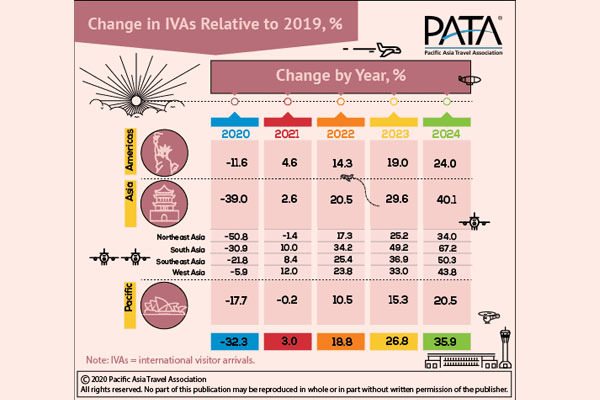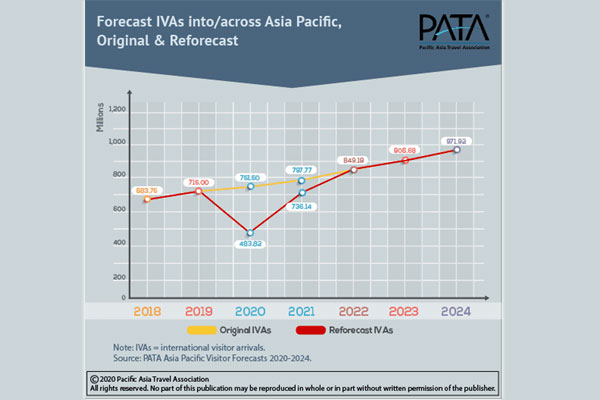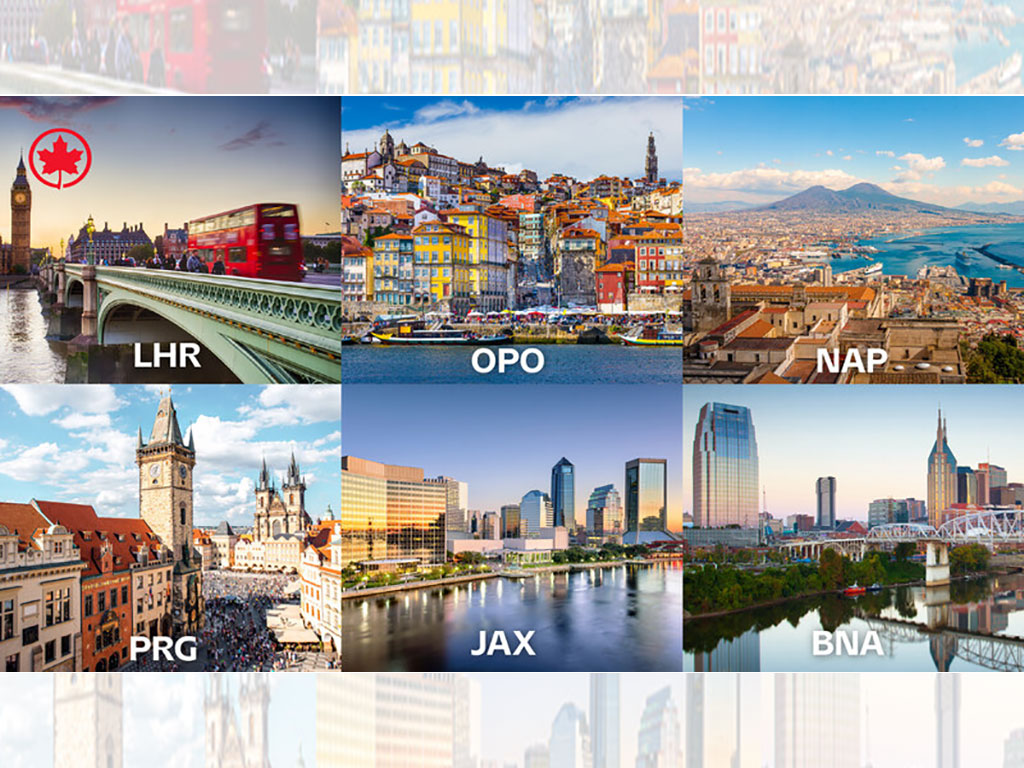COVID-19: PATA By The Numbers

In newly updated forecasts, the Pacific Asia Travel Association (PATA) indicates that the most likely scenario for international visitor arrivals into and across Asia Pacific in 2020 is that visitor numbers are likely to reduce by 32% year-on-year. PATA says that taking into account the impacts of the COVID-19 pandemic, the volume of arrivals is now expected to reduce to fewer than 500 million this year.
And that effectively takes visitor volume back to levels last seen in 2012.
At this stage, PATA says that growth is expected to resume in 2021, returning to forecast levels by 2023.
The association adds that much depends on how quickly and completely the COVID-19 pandemic is contained and controlled.
A more optimistic scenario suggests arrivals still falling in 2020 but by 16% year-on-year while a pessimistic narrative predicts a reduction of approximately 44%.
PATA indicates that the impacts are expected to be most severe in Asia, especially Northeast Asia, which is now predicted to lose almost 51% of its visitor volume between 2019 and 2020 (most likely scenario), followed by South Asia with a reduction of 31%, and then Southeast Asia with a 22% drop in visitor arrivals. West Asia is projected to lose almost six percent in visitor arrivals, followed by the Pacific with a projected contraction of 18%, and the Americas with a loss of a little under 12%.

Recovery rates relative to 2019 are expected to occur in most destination regions/sub-regions in 2020, however, Northeast Asia is likely to take a little longer and exceed the 2019 volume of arrivals in 2022.
The same is essentially true for visitor receipts as well as they are expected to drop by 27% between 2019 and 2020 under the most likely scenario, reducing to US$594 billion, significantly below the original 2020 forecast of US$811 billion.
Asia is expected to lose more than US$170 billion (-36%), with Northeast Asia predicted to lose more than US$123 billion (-48%) under this most likely scenario, followed by South Asia with a US$13.3 billion loss (-33%) and Southeast Asia with a US$34.6 billion shortfall (-20%). The Americas is projected to lose more than US$35 billion (-13%) and the Pacific US$18 billion (-18%).
Here, recovery at the annual level is expected to return more quickly across most regions/sub-regions, with perhaps the Pacific taking a little longer to return to 2019 levels.

PATA CEO Dr. Mario Hardy observed: “This is first and foremost an unfolding human tragedy, with a dire loss of life and for millions more, a loss of income while businesses are closed, and many remain in self-quarantine or follow social distancing guidelines.”
Hardy continued: “We can only hope that this pandemic is brought under absolute control quickly and effectively, enabling the global travel and tourism industry to get back on its feet, re-employ the millions of people who lost their positions and create even more employment opportunities both directly and for the upstream and downstream sectors that rely on it.”
He also pointed out that: “While there are obvious reductions in arrivals, there still remains a significant volume of visitors expected into Asia Pacific through 2020, with just under half-a-billion such travellers still generating almost US$600 billion, with each visitor still requiring and expecting the attention and service that this region has become famous for delivering.”
Hardy added: “Nevertheless, perceptions are difficult to change so recovery might take longer in the minds of many potential travellers. This however gives us time to reconsider the position we had created up to 2019; if numbers return only slowly, the obvious imperative will be to offer travellers such incentives that they remain in the destination longer and see more of what it has to offer. The metric should therefore shift from the numbers of arrivals, to time spent in any one destination and the dispersion across it. Receipts will then follow.”
For more, go to www.pata.org .


